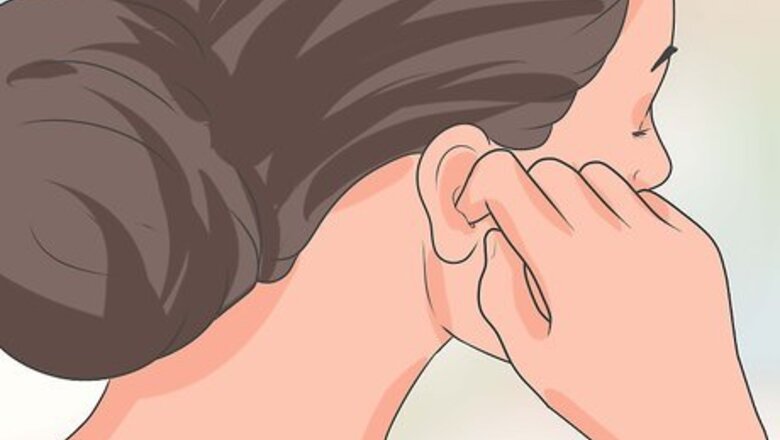
views
Identifying the Early Infection
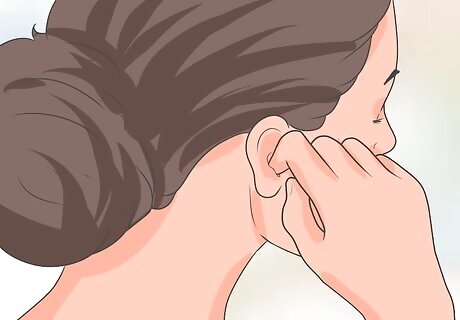
Sense an itch in your ear. Itching in the outer ear and ear canal is the first sign of swimmer’s ear. Because one of the main causes of an ear infection is through your ear being exposed to water, pay particular attention to itching that arises in the days soon after you have gone swimming. Infections due to fungi cause greater itchiness than those due to bacteria.
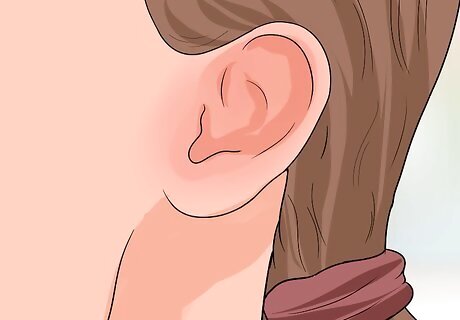
Look for redness inside your ear. If you can see slight redness beginning just inside your ear, you may be developing an ear infection. In most cases, the infection will only take place in one ear.

Pay attention to discomfort. You might not be in any real pain yet but have some slight discomfort, indicating an ear infection. This discomfort even more clearly indicates an ear infection if you can make it worse by pulling on your outer ear (called the pinna) or by pushing on the little bump on the front of your ear (called the tragus). Pinna and tragus-induced irritations are considered classic findings in swimmer’s ear.
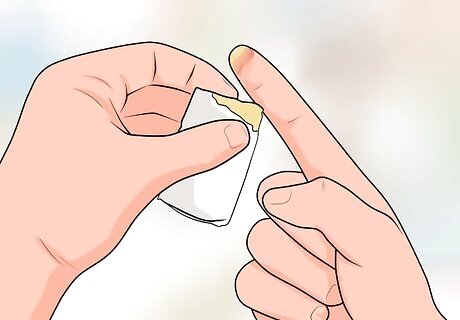
Watch for drainage. At this stage of the infection, any drainage would be clear and odourless fluid. Drainage quickly becomes yellow coloured and foul smelling as the infection progresses.

See your doctor. At the first signs of an ear infection, go see your doctor. Although this is not an urgent medical issue, the infection can progress to the point of significant pain, chronic ear infection damage, and widespread infection. There is a difference between swimmers ear, an infection in the ear canal usually due to water exposure, and a middle ear infection (otitis media). Otitis media usually occurs during or after an upper respiratory infection or with allergies. Your doctor can help determine which type of infection you may have and the proper treatment. Do not rely on over-the-counter ear drops. These drops usually do not have effective medication in them to clear the infection and you will need a prescription from your doctor for antibiotic or antifungal ear drops. Your doctor will examine your ear using an otoscope, which she gently inserts into the beginning of your ear canal. The otoscope helps her see the condition of the ear canal as well as the ear drum (tympanic membrane), which are not visible to you. Your doctor may also take a swab of your ear to determine the nature of the discharge. This is how the doctor will be able to confirm whether you need antibiotic or antifungal medication. The swab will need to be sent to a lab, but your doctor will start you on drops in the meantime. Your doctor will usually prescribe antibiotic ear drops to treat swimmers ear. The drops may also contain a steroid medicine to reduce inflammation and pain. She will also give you recommendations to help treat the pain until the infection has cleared.
Detecting a Progressing Infection

Assess changes in sensation. You may now be experiencing more intense itching and also increased discomfort turning to pain. The increased pain is due to the development of fluid and inflammation in your ear from this moderate infection. You will have a feeling of fullness inside the affected ear and partial blockage due to the build up. The pain and feeling of fullness may take a few days to arise and may be worse on yawning and swallowing.

Evaluate the redness. As the infection progresses, the redness in your ear will become more extensive.
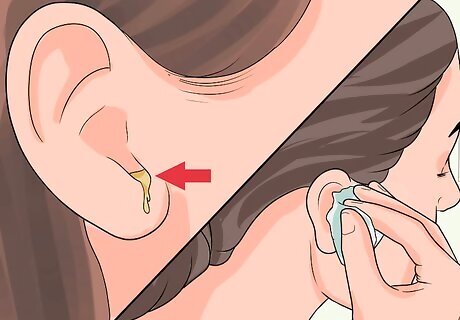
Look for drainage changes. The drainage coming from your ear may increase in volume and also might now be turning to pus. Pus is a yellowy-thick fluid that exudes from infections and usually smells bad. Use a clean tissue to dry wipe the pus from your outer ear.

Determine if you hear normally. You may be sensing that your hearing is becoming slightly decreased or muffled. The change in hearing is related to the blockage in your ear canal. Cover your unaffected ear and see how well you hear out of the affected ear.
Assessing a Late Progression

Expect increased pain. You may now have severe pain spreading to your face, neck, jaw, or the side of your head that is affected by the advanced ear infection. You should see your doctor right away or go to the emergency room if you have severe symptoms.
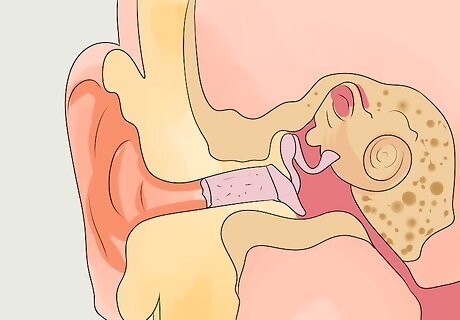
Anticipate muffled hearing. You will likely now have complete blockage of your ear canal, reducing your ability to hear out of the infected ear.
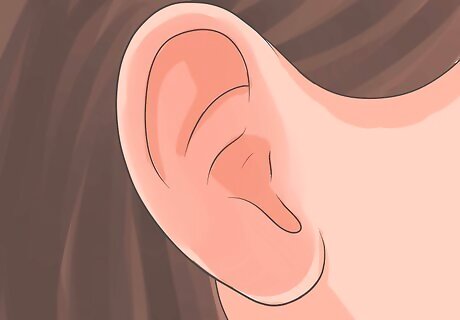
Look for physical changes. The redness of your ear will increase and your outer ear may now be swollen and red.

Feel your neck for swelling. As the infection increases, the lymphatic system in your body will be activated to fight. Swelling in the lymph nodes in your neck therefore indicate an increased progression of infection. Use the middle 3 fingers of your hand to check your lymph nodes. Press gently down the sides of your neck and under your jaw line for swelling.
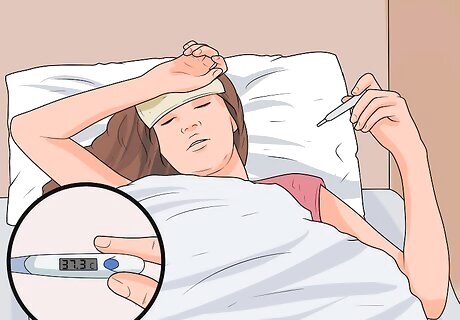
Check for a fever. As the infection begins to affect your body to a greater extent, your body will be working harder to fight off the infection. One way your body does this is by raising your temperature to make the environment inhospitable to infections. A fever will generally be anything over 37.3C or 99F. There are different ways to monitor a fever, including using tympanic, or ear, thermometers. If you have an ear infection, be sure to take your temperature in the opposite ear. The infection will naturally increase the temperature in the affected ear so you want to be sure you get a true reading of your body temperature.




















Comments
0 comment